This article considered the possibilities of using a radar device in archeology. A geophysical method has been chosen that makes it possible to find underground archaeological sites without excavations. GPR signals are recorded as a radargram. Interpretation of radargrams makes it possible to make a predictive image of underground objects. However, the interpretation of radargrams is of a commercial nature. Therefore, the task of developing its own methods for interpreting radargrams is relevant. With the help of a geophysical GPR instrument, mounds, located far from settlements in the Kyzylorda region, were investigated. Three objects were chosen for the study: two barrows and a strip of land between the barrows. The latter has been investigated to determine if there is a connection between the two burial mounds. A marking scheme for the study area has been created. The problem under study requires the use of a non-destructive method. In order to significantly save time and money compared to existing methods of visual inspection of these objects with subsequent archaeological excavations, experimental studies were carried out with a step of 0.2 m using a geophysical instrument with 0.15 m antennas. Continuous areal surveys of three squares were made. Tests, monitoring, and scientific measurements were carried out. GPR data for predicting hidden isolated objects were processed using special built-in software. Recommendations to archaeologists are given.
Keywords: georadar, geodata, radarogram, interpretation, experimental research, technology.

